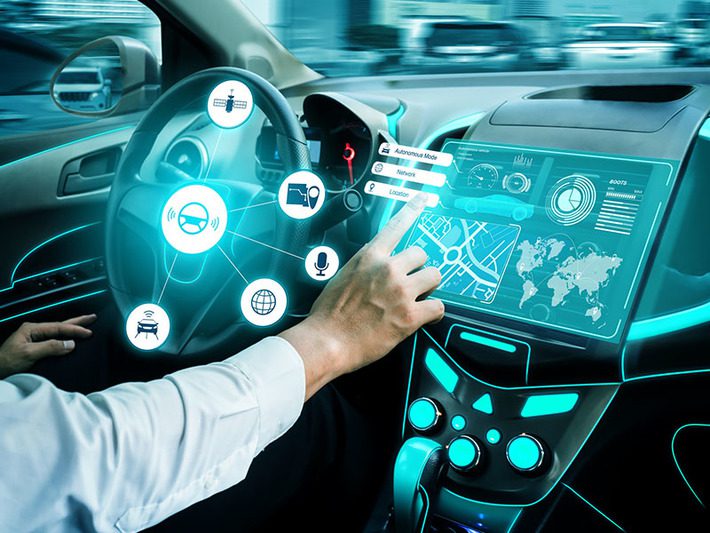
Telematics is an innovative field that combines computer science, telecommunication, electrical engineering, and vehicular technology. It is beneficial for various businesses like transportation, logistics, delivery, etc. The modern fleet management systems are also based on the principles of telematics. These monitoring solutions help companies to run their operations with efficiency.
The telematics industry has expanded exponentially over the years. Its global market size is expected to be around 103 billion dollars. With time, there have been many advancements in the telematics industry giving rise to new trends. We will look into the latest ones in detail here.
Data Integration:
Data is at the core of fleet operations. It is integral for an efficient tracking solution to provide a centralized platform for extracting and sending data. As there are various areas involved in the functioning of the fleet, many solutions are required for facilitation as well. From the financial software to the ERP and tracking solutions, data from all the platforms should be integrated. It streamlines the operations resulting in better productivity.
When the data from all areas of the operations are visible in one place, it offers managers convenience. They can analyze the operational efficiency by monitoring every relevant aspect. It helps in getting a better reflection of performance.
Focus on Drivers:
The driver is the captain of the ship during transportation operations. One of the modern telematics trends is to concentrate more on drivers to achieve desired results. For example, the location tracking of the drivers is also necessary along with that of vehicles to achieve foolproof safety. Similarly, in addition to analyzing vehicle activity, it is essential to monitor driver’s performance to improve efficiency. Driver behavior monitoring is a popular feature in all modern fleet management systems.
Real-time communication with the drivers is another essential feature for running seamless operations. If the drivers can freely talk to the managers to explain their issues during trips, it can result in better efficiency. They can also inform the managers about any emergency immediately to get a quick response.
Internet of Things:
The internet of things is one of the most popular trends in the vehicle tracking software industry. With the increasing scope of transportation companies, there is a bigger need for streamlined processing. Advanced IoT solutions like fleet tracking software allow a business to manage every aspect of operations efficiently. Many sensors including verification, alarm, fuel, temperature, humidity are available to monitor everything with efficiency.
With the incorporation of IoT in operations, the job of a manager becomes much easier. The features like alarm system, driver identification, and real-time tracking ensure safety. It allows the managers to focus more on the core operations to achieve better productivity.
Vehicle-to-Infrastructure Technology (V2I):
Vehicle-to-infrastructure technology is creating a buzz in the transportation sector. It is a communication model that shares data between vehicle and road infrastructure systems. The information about various components like lane marking, road signs, and traffic lights is shared with the vehicles. It allows the drivers to remain updated about the road conditions ahead resulting in efficiency and safety.
V2I technology is already implemented in different areas of road safety like smart traffic lights, smart signs, and intelligent road markings. It will also be at the core of autonomous vehicles which will be the next big thing in the future.
Remote Accessibility:
Remote tracking is the new-age requirement of fleet management systems. In fast-paced operations, it is hard for a manager to sit in front of a screen for monitoring. Therefore, a remote platform like a mobile app can be really helpful in this regard. Managers can monitor the working of their fleet from any far-off location. The 24/7 monitoring ensures better productivity and profitability for the business.
Remote accessibility can also be a highly beneficial feature for the convenience of the clients. From delivery to ride-hailing, every business can provide mobile apps to their customers to streamline operations. The clients can place or track their orders remotely through the mobile app.
Telematics is an integral part of various industries and solutions. Some software like fleet management systems is based on it. It has evolved over the years due to the growing needs of the businesses resulting in the introduction of new trends. If you also want to find out about the latest trends in the telematics industry, the above-mentioned information is worth reading.
